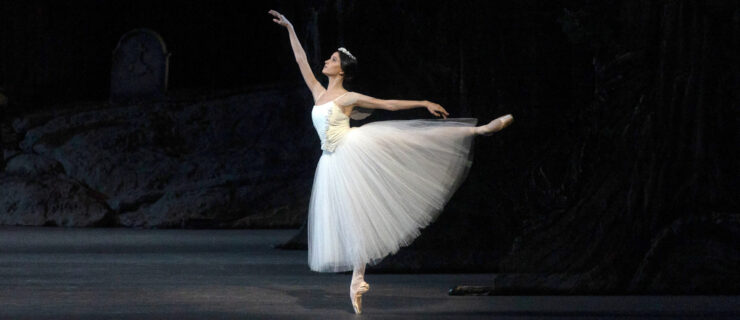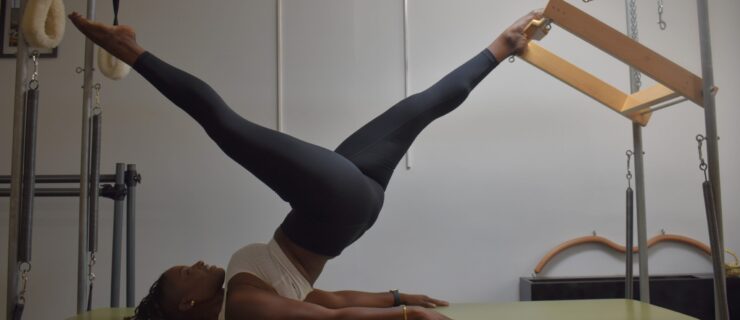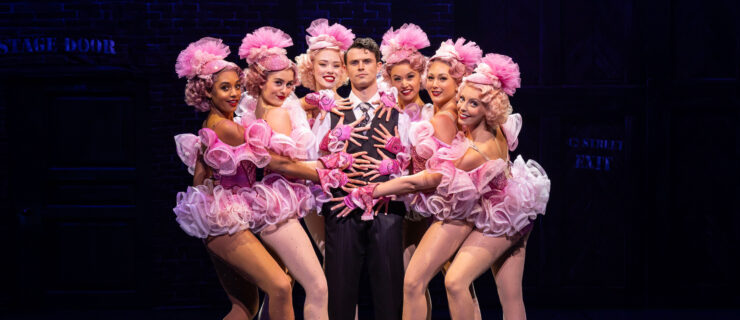Friday Film Break
ABT’s Zimmi Coker in Gabrielle Lamb’s “Passacaglia”
December 10, 2020
For an online version of her outdoor Carpet Series, choreographer Gabrielle Lamb set this solo on American Ballet Theatre corps standout Zimmi Coker, one of our 2020 “25 to Watch.” Accompanied by New York City Ballet Orchestra violinist Derek Ratzenboeck on a breezy rooftop high above New York City, Coker performs Lamb’s intricate choreography with delicious attack and clarity. The film was produced by Pigeonwing Dance & Arts on Air NYC, with cinematography by Melissa Wu.



